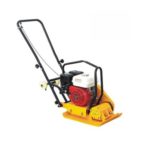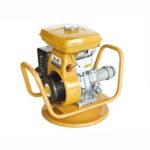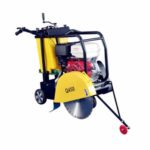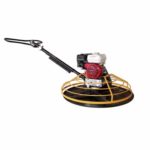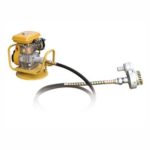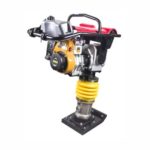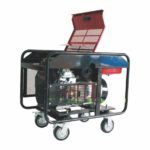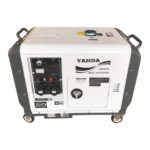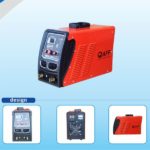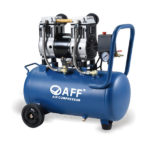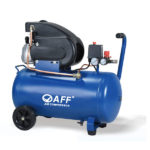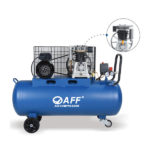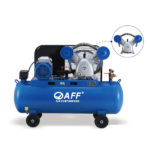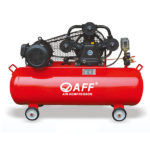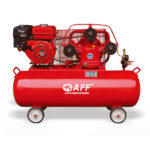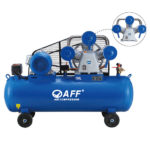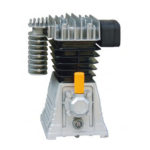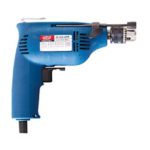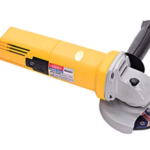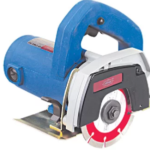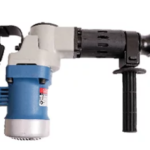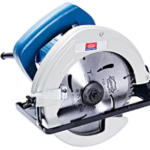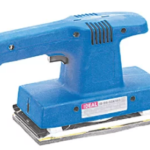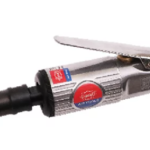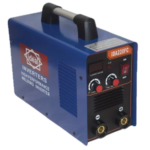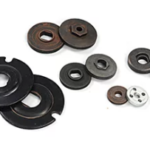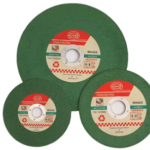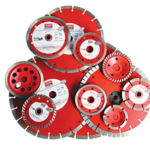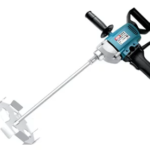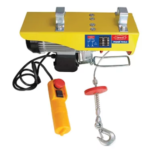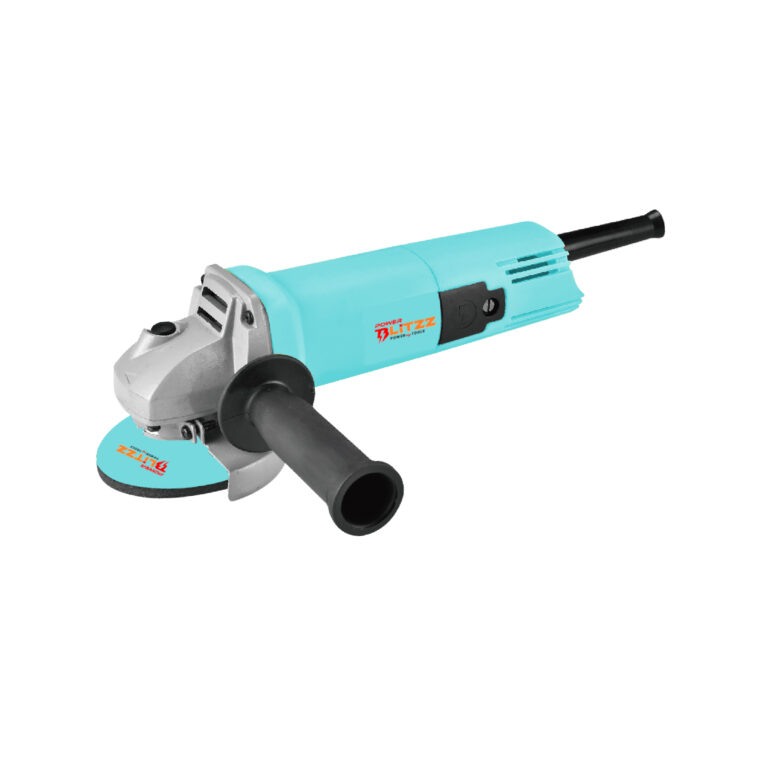Angle Grinders for Metalworking: How to Achieve Precision Cuts and Smooth Finishes
Modern metalworking demands precision tools for professional results, and angle grinders are essential for achieving exceptional cuts and finishes. Understanding proper techniques and safety measures helps craftsmen create outstanding results in their metalworking projects.
Understanding Angle Grinder Basics
Professional metalworking relies heavily on proper tool selection, with angle grinders serving as versatile instruments for cutting and finishing metal surfaces. Power specifications range from 500W to 2500W, affecting cutting capability and control. Selecting appropriate power levels for specific tasks ensures optimal results while maintaining safety standards.
Disc Selection for Optimal Results
Choosing the right disc dramatically impacts cutting and finishing quality. Metal cutting discs differ from grinding discs in thickness and composition, affecting their performance in various applications. Quality angle grinders accommodate different disc sizes, typically ranging from 4 to 9 inches, each serving specific metalworking needs.
Precision Cutting Techniques
Achieving precise cuts requires proper preparation and technique. Marking cut lines clearly and securing workpieces firmly create conditions for accurate results. Maintaining steady pressure while guiding the angle grinder along marked lines helps produce clean, straight cuts. Controlled movement prevents binding and ensures smooth cutting action.
Surface Preparation Methods
Proper surface preparation significantly impacts final results. Removing rust, paint, or old coatings with angle grinders requires specific techniques and appropriate discs. Starting with coarse-grit discs and progressively moving to finer grits helps achieve desired surface conditions for subsequent work.
Grinding for Smooth Finishes
Creating smooth metal surfaces demands proper grinding techniques. Moving the angle grinder in consistent patterns while maintaining even pressure produces uniform results. Overlapping passes slightly ensures complete coverage without creating noticeable transitions between areas.
Edge Finishing Procedures
Smoothing cut edges requires careful attention to detail. Using angle grinders with finishing discs helps remove burrs and sharp edges safely. Working at appropriate angles while maintaining steady movement creates professional-looking results without compromising material integrity.
Safety Considerations
Working safely with angle grinders requires proper protective equipment and awareness. Safety glasses, face shields, and appropriate clothing protect against sparks and metal particles. Maintaining proper grip and stance while operating the tool helps prevent accidents and ensures controlled operation.
Maintenance Requirements
Regular tool maintenance ensures consistent performance and longevity. Checking angle grinders for proper disc alignment and secure mechanisms prevents operational issues. Cleaning dust and debris from air vents maintains proper cooling during extended use periods.
Advanced Techniques
Developing advanced skills with angle grinders opens possibilities for complex metalworking projects. Creating beveled edges, intricate patterns, and specialized finishes becomes possible with practice and proper technique. Understanding tool capabilities helps achieve professional results in demanding applications.
Problem-Solving Approaches
Addressing common challenges while using angle grinders requires knowledge and experience. Preventing disc binding, managing kickback risks, and maintaining straight-cutting lines demands proper technique and awareness. Recognizing potential issues before they become problems helps maintain safety and quality standards.
Material-Specific Considerations
Different metals require specific approaches when using angle grinders. Stainless steel, mild steel, and aluminum each demand particular techniques and disc types for optimal results. Understanding material properties helps select appropriate tools and methods for each project.
Conclusion
Advancing technology continues improving angle grinder capabilities and safety features. New disc materials and designs enhance cutting and finishing capabilities. Staying informed about tool developments helps metalworkers maintain competitive advantages in their work.

















